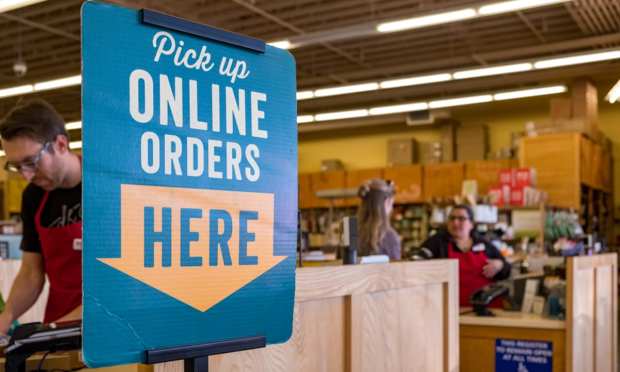Retailers Overestimate Demand For BOPIS, Underestimate Demand For Delivery

Traditional retailers must learn five lessons if they want to stay in business as the market enters a post-COVID, digital-first era, according to PYMNTS’ Karen Webster.
Webster wrote this week in an analysis of the marketplace that COVID-19 “didn’t cause physical retail’s steep decline,” but did accelerate it. For instance, she wrote that a Wall Street Journal review of ShopperTrak data found that foot traffic began to noticeably wane as early as 2011.
One key lesson that traditional retailers must accept, Webster wrote, is that “retail is now about logistics and the last mile.”
“The ‘Amazonification of retail’ isn’t just because Amazon made it easy for consumers to find what they want to buy among the 350 million products in its marketplace and then pay for it,” she wrote. “It’s also because Amazon made it fast and easy for consumers to get what they want to buy — and for an Amazon Prime member to get it delivered fast and for free.”
In fact, PYMNTS research has found that almost five times more consumers want products delivered than want to pick items up curbside or in-store.
However, PYMNTS’ recent Global Digital Shopping Index found that many traditional retailers continue to invest in options like buy online, pick up in-store (BOPIS) because that’s what the merchants prefer. Many retailers seem to hope that customers who come to their stores to pick up merchandise will buy something else during the trip.
But PYMNTS’ study found that retailers are underestimating how much consumers want free delivery and overestimating demand for in-store pickup.
“Our research found that 38.3 percent of merchants think that consumers commonly use BOPIS, while just 10 percent of consumers say they use BOPIS often or always,” according to the Global Digital Shopping Index. “Our research also found that 56.1 percent of consumers regard free shipping for digital orders as an important feature — approximately 1.6 times the share that merchants estimated.”
Webster wrote that “forward-thinking retailers understand this, and are investing in the last-mile logistics that tap into the consumers’ interest in skipping the in-store shopping experience.”
“Whether it’s investing in their own delivery capabilities, tapping into third parties with logistics experience or experimenting with delivery robots or delivery drones, retail’s survivors will see the future for what it is — consumers who would rather shift the first and last mile of the shopping experience to the retailer, who can, literally, deliver that for them,” Webster wrote.
